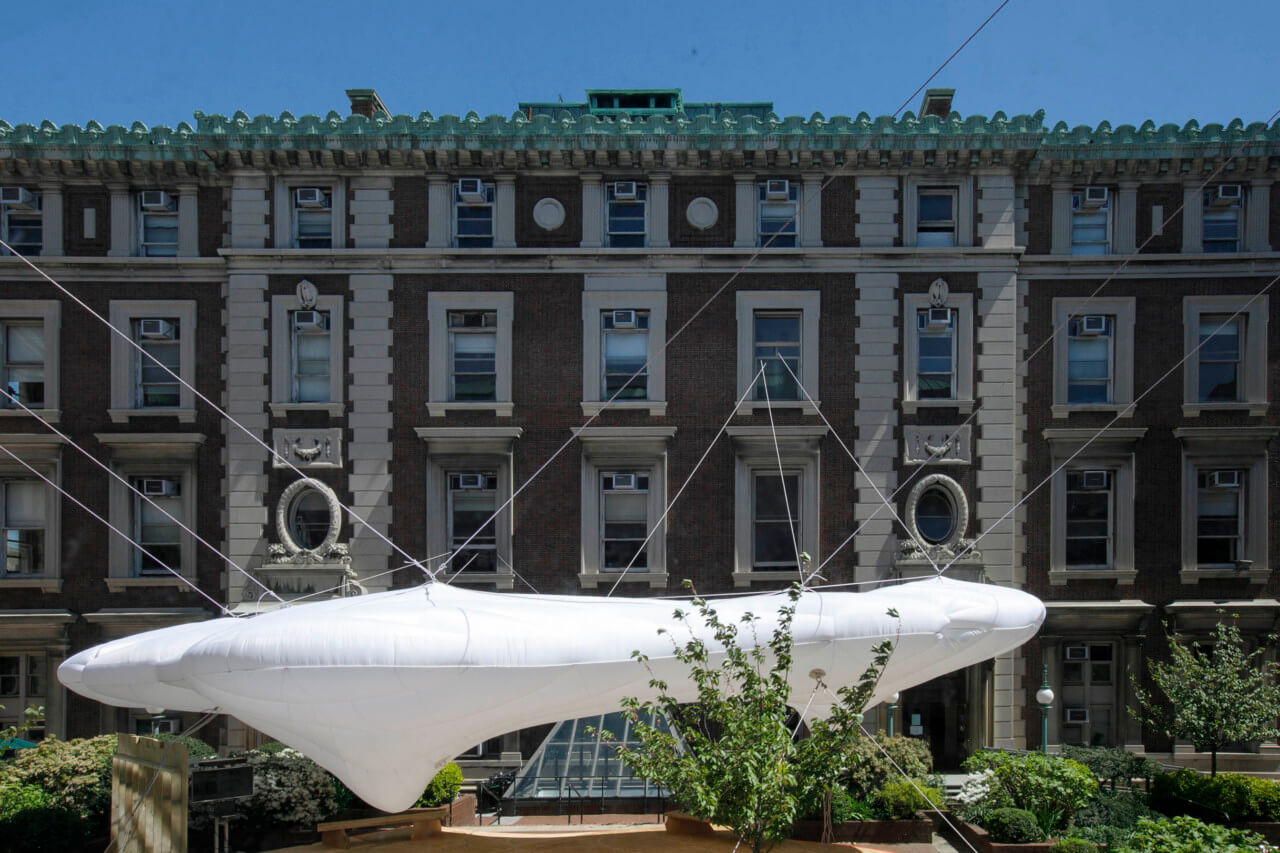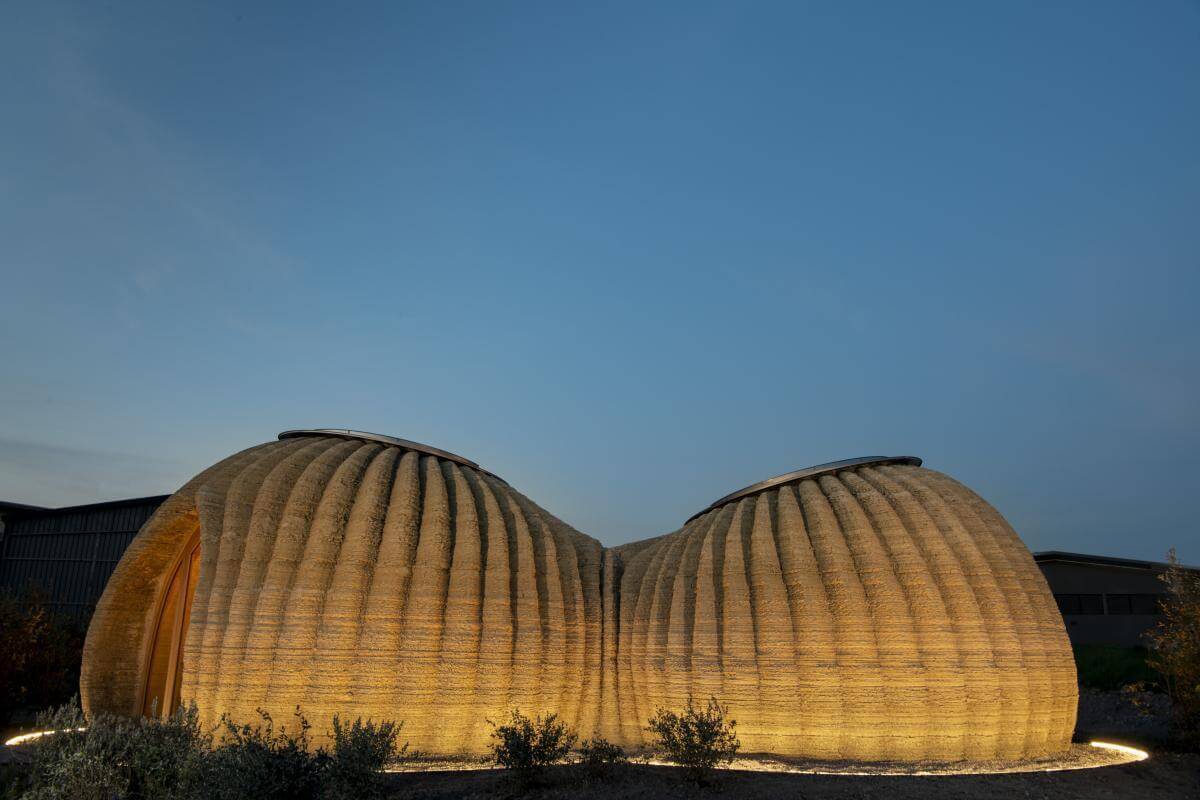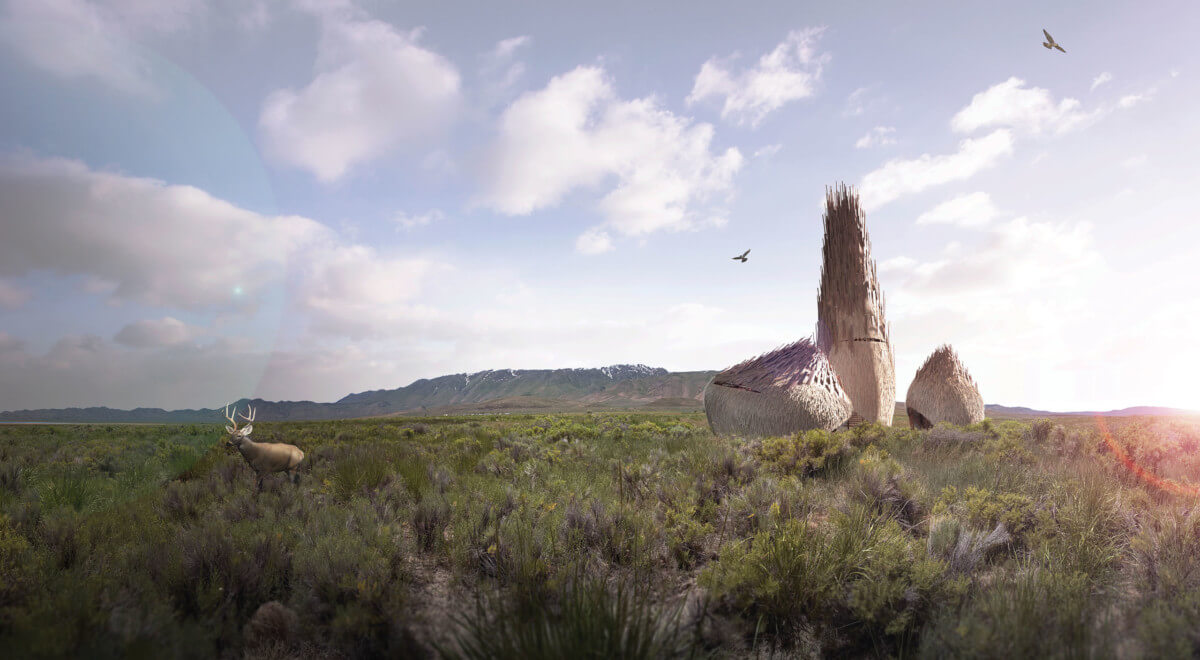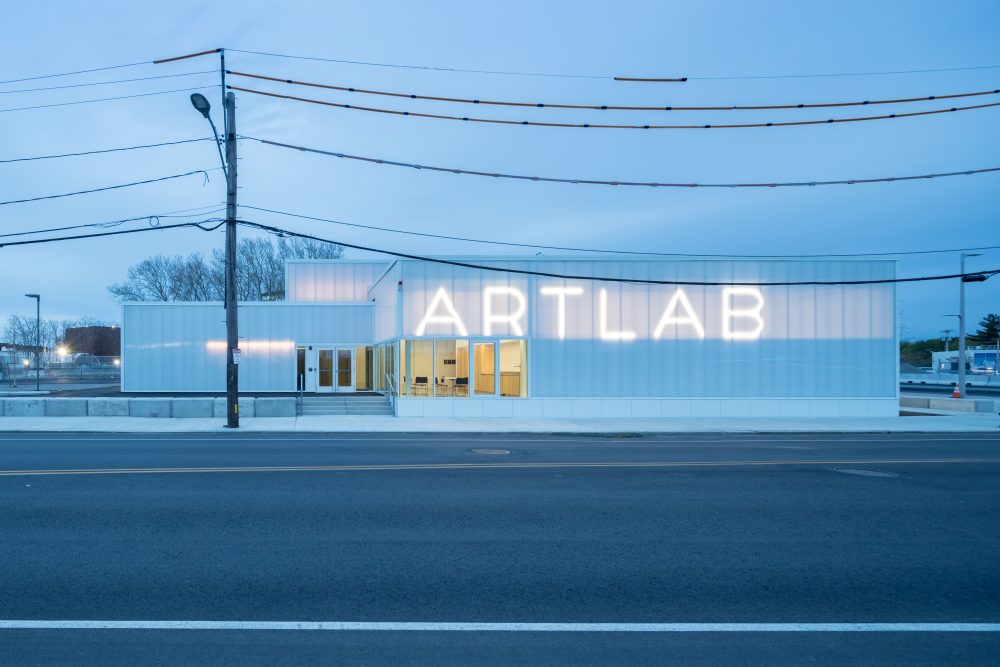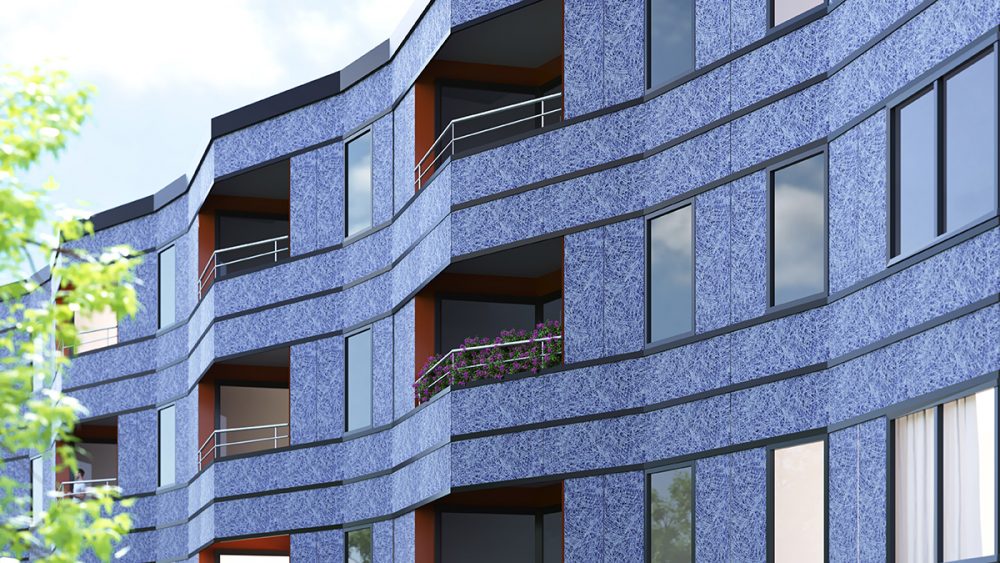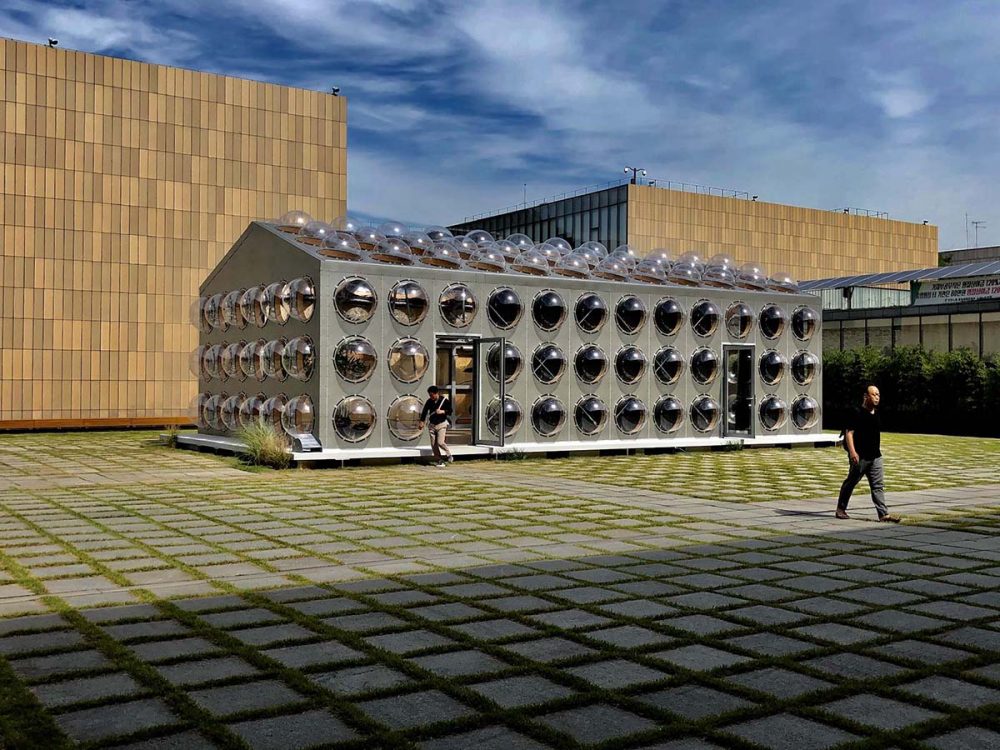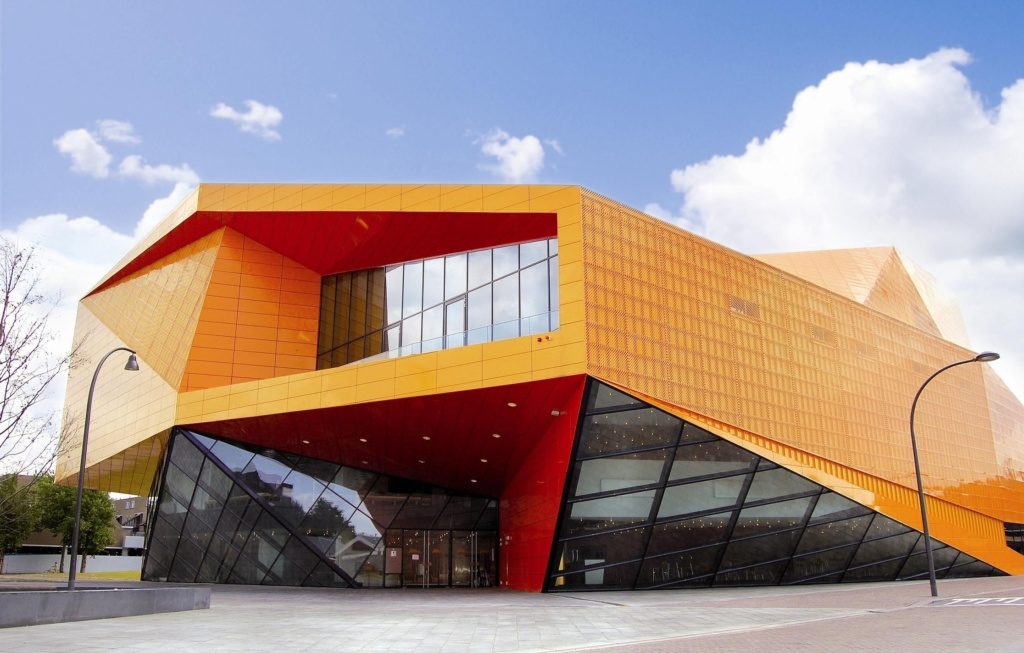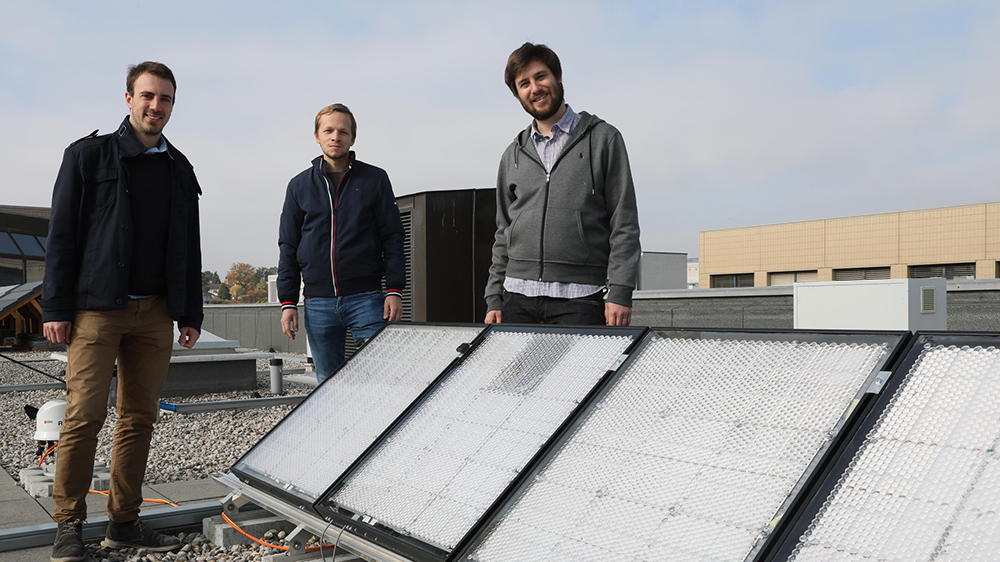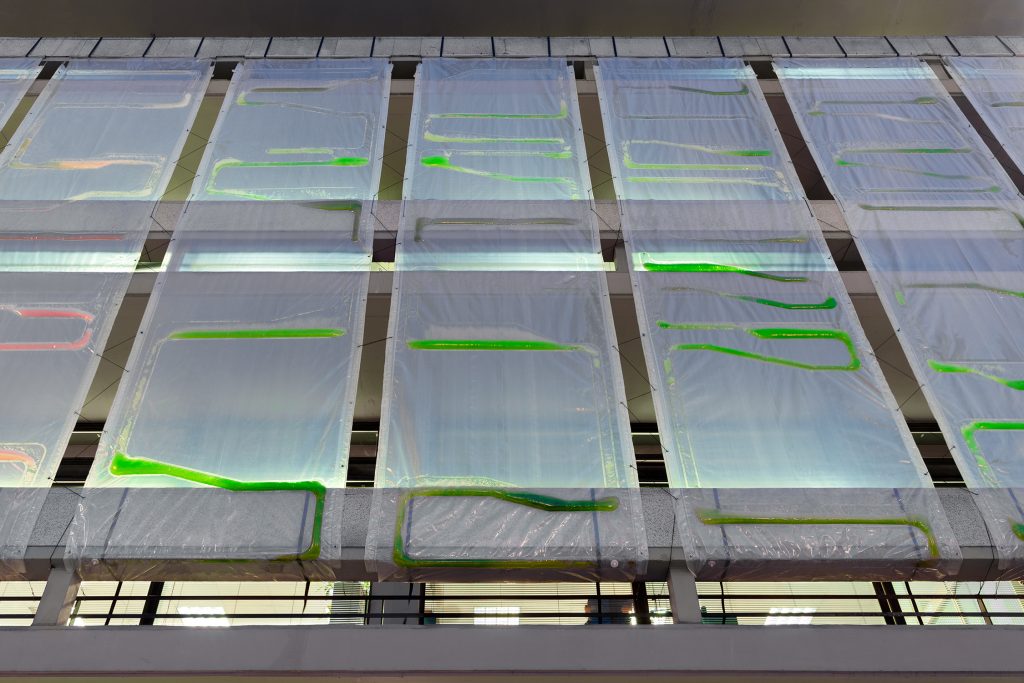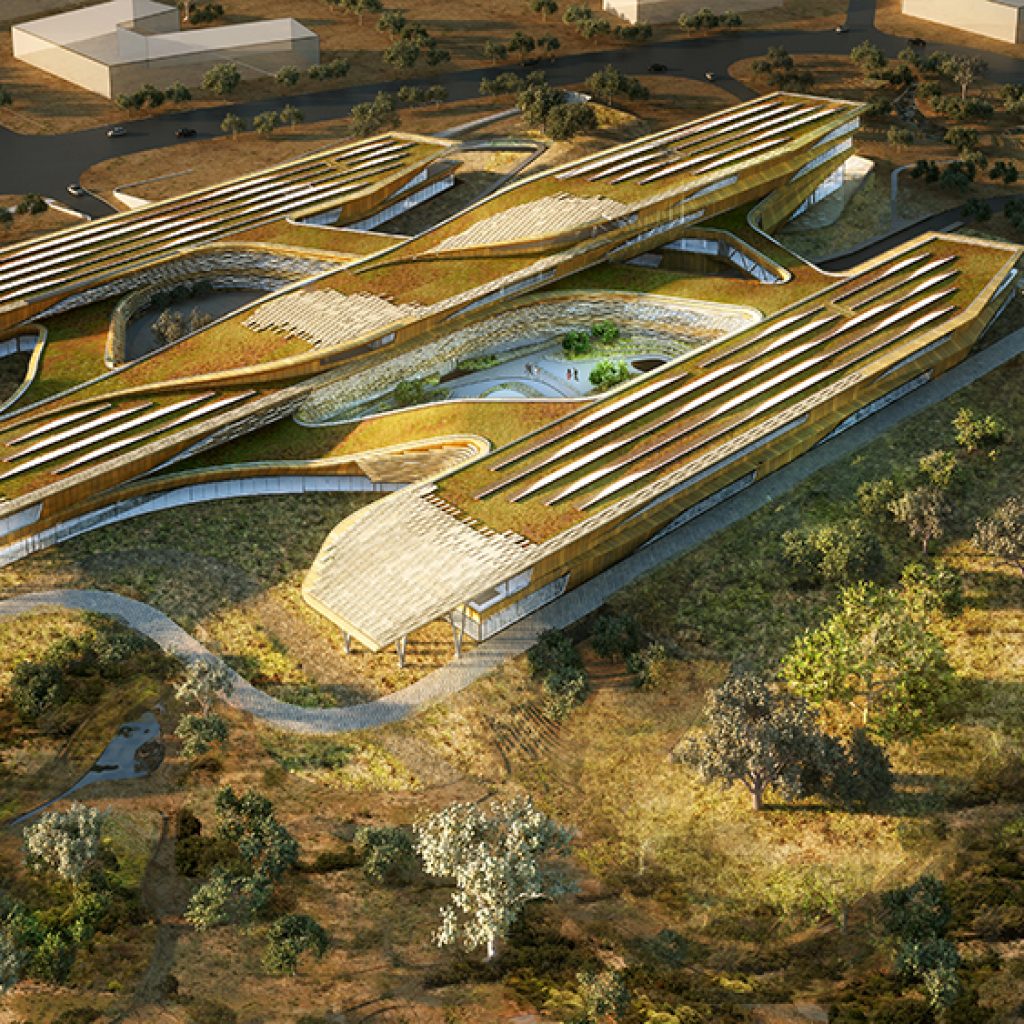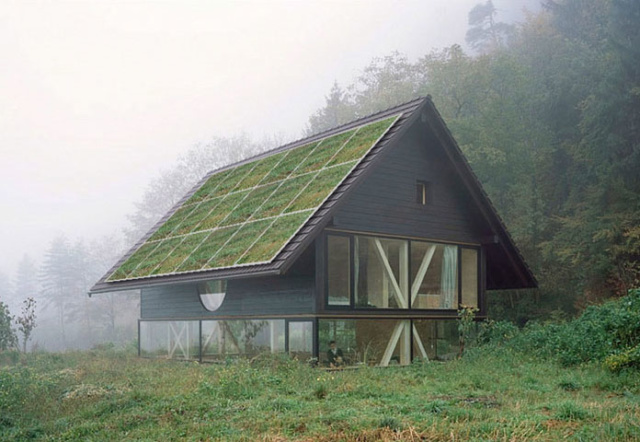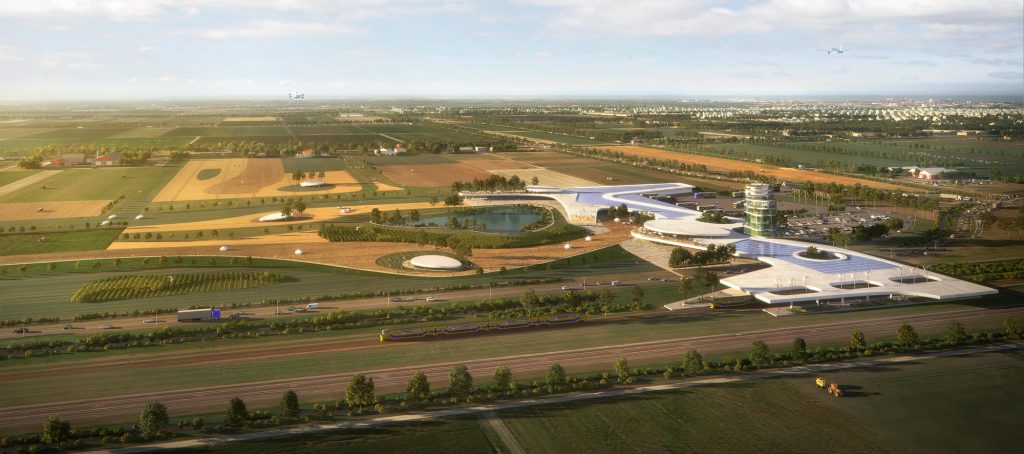Summer is approaching, and that means that schools are saying goodbye to another generation of students. At the Columbia University Graduate School of Architecture, Planning and Preservation (GSAPP), that meant the creation of the Avery SPOT, a high-tech inflatable installation and wooden stage that were used to hold GSAPP events and commencement from April 29 through May 1.
Bologna- and Milan-based Mario Cucinella Architects (MC A) and leading Italian 3D printing company WASP have revealed a newly-completed TECLA, a high-performance prototype dome house that marries primordial materials and advanced construction technology. Built from locally sourced clay using Crane WASP, a newly developed modular 3D-printing system, the deeply sustainable two-room dwelling is the first 3D-printed structure to be realized using indigenous
Every summer, photos of otherworldly pavilions, tricked-out steampunk cars, and dusty hula-hoopers ingesting empathogens slide onto Instagram feeds worldwide thanks to Burning Man, the nine-day worldbuilding experiment in the remote Black Rock Desert of Nevada. Soon, though, burners won’t have to wait all year to meet up as Burning Man organizers have released design proposals for a permanent
Rensselaer Polytechnic Institute’s Center for Architecture Science and Ecology (CASE) has announced that architect and entrepreneur Dennis Shelden will be taking over as its director. The academic-industrial research and teaching alliance, focused on using technology to address concerns of “built ecology,” was founded in 2007, and is located across RPI’s main campus in Troy, New
The Berlin-based Barkow Leibinger, with the help of the Boston-based architect of record Sasaki, has created the adaptable, translucent ArtLab for Harvard. As the university expands across the river into Boston’s Allston neighborhood, they’ve been developing an ArtYard—a contemporary, arts-focused answer to the walled Harvard Yard in Cambridge. Barkow Leibinger’s brief was to create an adaptable,
As sustainability continues to enter the fore in design decisions, there has been an increased push to make photovoltaic technology more aesthetically adaptable, moving away from just the standard array of blue solar panels installed on rooftops. Tesla’s troubled Solarglass Roof has promised to look just like standard shingles and UNSense, the tech spinoff of UNStudio, has been hard at work on
The New York and Seoul–based Obra Architects, along with Front Inc., Obra Abrim, Dongsimwon Landscape, and Supermass Studio, have created an oasis of “perpetual spring” in a public courtyard in Seoul. Supported by Korea’s National Museum of Modern and Contemporary Art as part of their exhibition The Square: Art and Society, the experimental pavilion features
UNStudio has spun off its own startup, UNSense, to focus on architectural technology and large-scale design problems. “UNSense is completely dedicated to sensory and speculative design,” UNStudio cofounder Caroline Bos told the British publication CLAD, “It’s quite exploratory.” UNSense, according to the company’s website, “combines design thinking and data technology” to create solutions at the scales of buildings, neighborhoods, and
While solar panels have become increasingly common, the ones usually found on rooftops and the like can convert at most between 17 and 19 percent of received solar energy to usable electricity. This average yield has plateaued, increasingly only about 3.5 percent since the 2000s. More efficient panels are available, like those used on satellites,
ETH Zürich’s high-tech showhome opened its doors this past week. The three-story DFAB HOUSE has been built on the NEST modular building platform, an Empa– and Eawag–led site of cutting-edge research and experimentation in architecture, engineering, and construction located in Dübendorf, Switzerland. The 2,150-square-foot house, a collaboration with university researchers and industry leaders, is designed
The ongoing threat of climate change and hazardous air quality in urban environments continue to foster sustainable elements within architectural design, ranging from the installation of photovoltaic panels to rainwater harvesting mechanisms. But what if a facade curtain could directly capture CO2? Responding to this challenge, London-based practice ecoLogicStudio, led by Claudio Pasquero and Marco Poletto, unveiled Photo.Synth.Etica at Dublin’s Climate Innovation Summit 2018. The large-scale
New York’s SHoP Architects has created proprietary technology that is making it easier for them to organize materials during construction. During the construction of the Barclays Center from 2008 to 2012, the firm developed a novel iPhone interface capable of scanning facade components during fabrication, assembly, transport, and installation to keep an up-to-date digital catalog of the
Let’s face it: no one has ever characterized a solar panel as being particularly attractive. In fact, they’re eyesores. While the environmental and business cases for photovoltaics are relatively easy to make, their aesthetic dimension has long been a losing proposition. “In states like California, solar is half the price of the local utility, even
Self-described “open-source architecture studio” UNStudio is spinning off the tech startup UNSense, which will focus on collecting data from buildings to ultimately improve how people occupy them. UNStudio co-founder and Dutch architect Ben van Berkel has called the move integral to incorporating technology with architecture, and the first step in future-proofing potential new projects. UNStudio is no stranger to futuristic concepts
